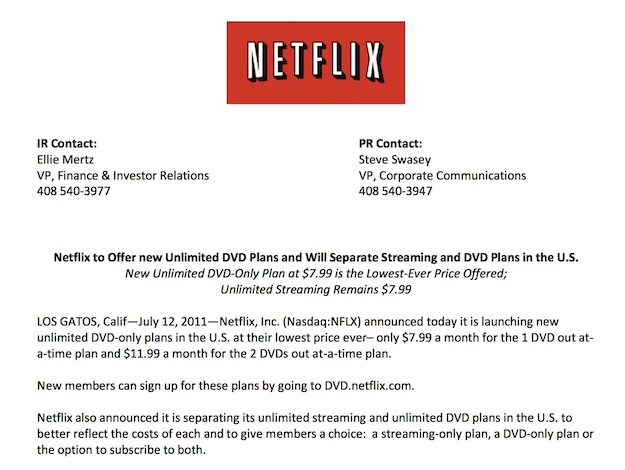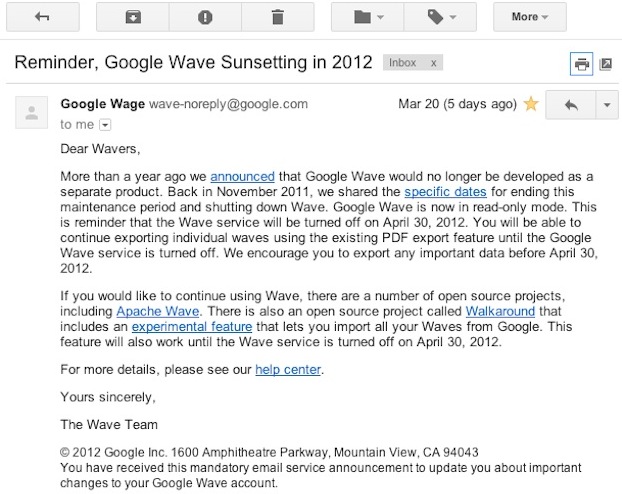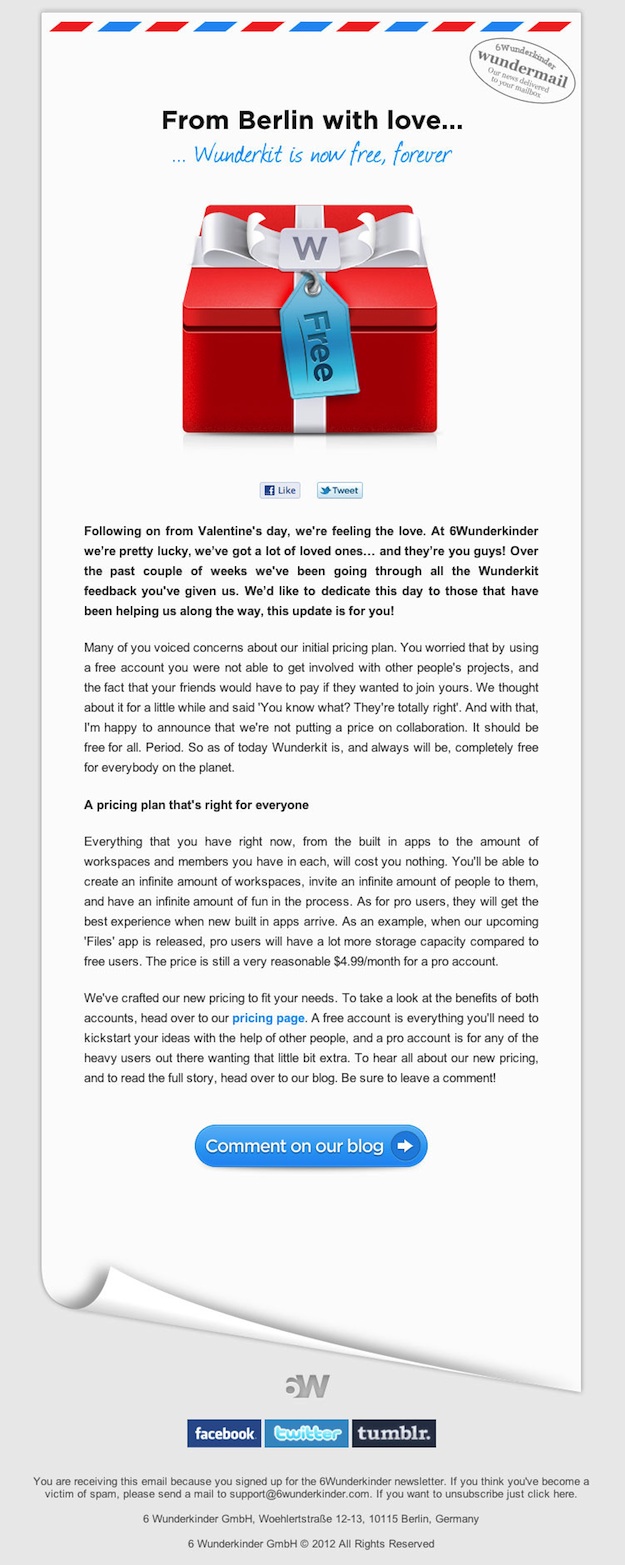The New Rules of Customer Engagement
August 2012
By Jason Ferster

The rise of the
culture of the Web has revolutionized the nature of how businesses and customers relate to each other.
Whereas companies could once shape and direct the perception of their brand through carefully crafted ad campaigns, direct mail and press releases, today the flow of information runs fast and free, and customers now own the conversation. And because whoever owns the platform dictates the culture, the world is a more human, less institutional place to do business.
Today’s customers want to feel good about the products they buy, where they came from and how they were made. Moreover, they want to like the company behind the product – that is, genuinely like it, not just press a Facebook button. We are entering an age of emotive economics.
Corporations have been forced to adapt to this new, people-centric culture by connecting with customers on their own turf in more casual, conversational ways. There’s little room or respect for old-school corporatism’s pomp and protocol. And those businesses that cling to traditional behaviors in the online community will earn its scorn very quickly.
Those companies that have embraced this new landscape and its risks have enjoyed great reward. For this reason, the human face, rather than steal and glass, has become the façade of big business.
Yet with style must also come substance. It is no longer acceptable to be about profit alone. Companies are expected to contribute to the world in ways that make their customers’ lives better. Consumers are demanding that business be done on their terms.
It should come as no surprise, then, that human values – transparency, respect, conscientiousness, kindness, trust, generosity and the like – are the keys to engaging with customers in this brave new world of business.
So how can you use this new dynamic to your advantage to grow your business? You must embrace the new rules of engagement, understanding that when you put people first, profit will follow:
1. Don’t treat customers like they’re stupid.
When
Netflix bungled its attempt to change its pricing structure last year, the backlash in the online community was severe, with many customers threatening to cancel their accounts immediately. It was clear that customers viewed Netflix as a value-priced alternative to more expensive traditional paid media channels, and therefore many felt betrayed by the company’s sudden doubling of their fees.
While the price increase itself wasn’t really so unjustifiable, what made it unpalatable for customers was the company’s lack of transparency in explaining the
business drivers behind the rate hike – the rising operational costs of maintaining a physical DVD business and the growing licensing fees for content streaming.
Instead, Netflix spun the move as giving customers a “choice,” offering the option to subscribe to a DVD-only service at its lowest price ever. Here's an excerpt from their ill-advised news release:

To his credit, CEO Reed Hastings acknowledged the poor handling and chalked up the misstep to “overconfidence,” which still sounds like PR spin, but hey, we’re making progress.
The lesson? If a change in product or policy may have negative consequences for your customers – even if only in perception – acknowledge them, express empathy over the inconvenience or added cost, explain the reasons if possible and then point out the benefits or offer alternative options. People understand that businesses must evolve and that profit is still part of the equation. Don’t assume that your customers are beyond reason or treat them like they’re too stupid to detect what’s really going on.
2. Over-serve your customers.
It’s always good business to go the extra mile for customers, but never more so than when trying to recover from a mistake. How you handle disappointment is what determines whether your customers write you off and tell everyone about it or trust you more and spread the good word about you.
When Google decided to phase out Wave due to poor user adoption rates, they didn’t just shutter the windows and bury the technology as if it never existed.
Instead, they gave users months to move their data off the service, converted Wave into an open-source project and gave the Wave community the tools to get involved:

3. Be humble and listen to your customers.
Building on the success of its breakthrough app Wunderlist, Berlin-based software firm
6Wunderkinder recently launched Wunderkit, a project collaboration and management tool designed around the social connections of today’s work environment. Wunderkit was made available in a “freemium” model, offering standard features to all users for free with additional functionality available for a small fee to power users.
As the company analyzed feedback from its beta release of Wunderkit, they realized the community’s dissatisfaction with project collaboration between users – one of the platform’s central features – only being available to premium users. What follows is a fantastic example of how to demonstrate that you’ve heard your customers loud and clear, understand their feelings and are acting to resolve the issue:

The customer is king, and the king is here to stay.
Never underestimate the commitment required to engage with customers effectively in today’s marketplace. Human relationships are not managed well with rigid rules and policies but instead must be governed by human values like compromise, sensitivity and transparency. It takes much more than a Twitter account and Facebook page to win the hearts of customers. You must develop a culture that is focused on and driven by the customer through and through.
Be purposeful in growing such a culture. Establish your own rules of engagement. Make sure every employee is encouraged to embrace and exhibit those values. Empower them to do whatever it takes to take care of your customers. The journey may be a bit rocky at times, but if you walk the line faithfully, you’ll earn something from your customers that can never bought with advertising dollars – trust, respect and even passion for your brand and what it stands for.
By day, Jason Ferster is the marketing manager of an IT consulting firm, where he contends daily with the marketing challenges common to small and mid-sized businesses. By nights and weekends, he writes about insights gained from those experiences. Visit FersterFiles.com for more or connect with Jason on Twitter.